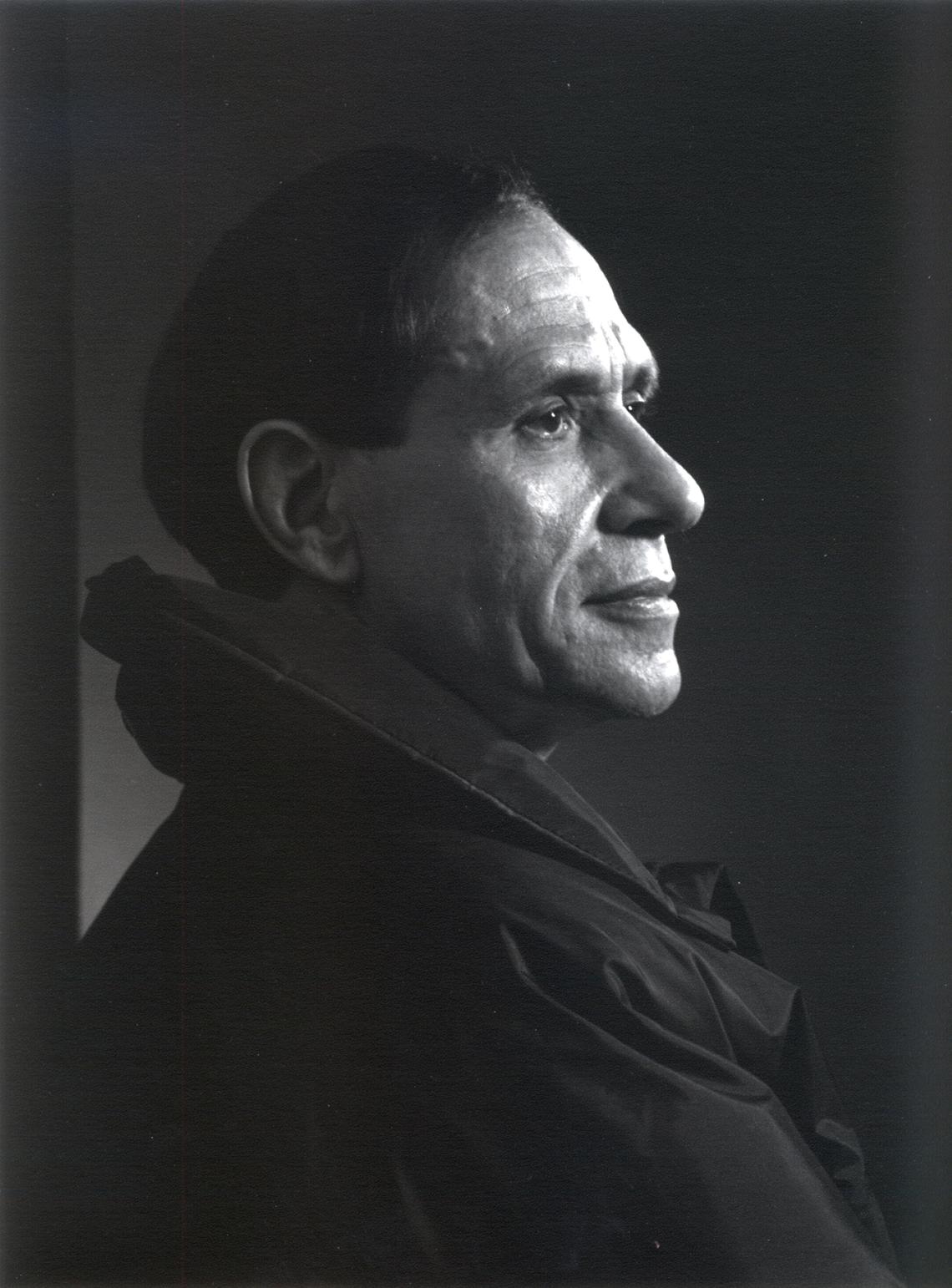
Keynote speaker Douglas Cardinal will join in the panel discussion at the University of Calgary.
Douglas Cardinal
Jan. 18, 2018
The Faculty of Environmental Design at the University of Calgary is hosting a symposium geared to encouraging Indigenous students to pursue careers in architecture, planning and landscape architecture.
The Indigenous Design Thinking symposium on Jan. 25, 2018 is the first of its kind to be held at the university. It will feature established Indigenous designers who will provide insight and spark dialogue on pursuing post-secondary education for design-related careers, focusing on how Indigenous designers approach the design of places, buildings and landscapes.
“We developed this event to encourage more Indigenous students to consider careers in the design field. Four of the speakers are graduates from the Faculty of Environmental Design, pursuing rewarding careers as practitioners and educators,” says symposium organizer Graham Livesey, a professor and former associate dean of architecture.
The keynote speaker is the distinguished and internationally recognized Canadian architect Douglas Cardinal. Raised in Alberta, Cardinal is renowned for his curvilinear designs that reflect the Indigenous landscapes of Alberta, as well as his interest in European Expressionist architecture. Well-known works include the St. Mary's Church in Red Deer (1964), Grande Prairie Regional College (1976), the Canadian Museum of History in Gatineau, Quebec (1989), and the National Museum of the American Indian in Washington, D.C. (1998). He will make two presentations at the symposium; the first will be an informal recounting of his motivations and influences to study architecture, and the second will be about his architectural and community designs.

Keynote speaker Douglas Cardinal will join in the panel discussion at the University of Calgary.
Douglas Cardinal
The event also features panel discussions with a group of six indigenous designers and educators. The panelist lineup brings back four alumni from the Faculty of Environmental Design:
Reflecting on his own pathway to architecture school, David Fortin says, "During my undergrad, I came across the term arcology, a word combining ‘architecture’ and ‘ecology’ coined by Italian architect Paolo Soleri. Up until then I thought architects just drafted blueprints, but when I read about Arcosanti I was blown away.” After completing his first degree, Fortin returned to his birthplace Calgary in 1997. “I knew very little about architecture or where it would end up taking me. Very exciting to be able to return and discuss this important topic with a community and place I will always feel deeply connected with."
The Indigenous Design Thinking symposium is part of a larger strategy, led by Livesey, to help the Faculty of Environmental Design attract more Indigenous students to study architecture, planning and landscape architecture at the University of Calgary.
“Following this event, the faculty is planning to build on the learnings and findings from the symposium to further engage Indigenous students with a hands-on, community workshop,” says Livesey.
This event is expected to draw about 450 participants from across the country and will explore a multitude of perspectives and ideas that foster Indigenous education and culture.
“The return to Indigenous knowledge will lead us to a path of respect, for not only our built environment, but the people and animals that inhabit it, and the land it is built upon,” says Matthew Hickey.
The Indigenous Design Thinking symposium runs from 1 to 7 p.m. in MacEwan Hall A & B. Register for free online.
The University of Calgary unveiled its Indigenous Strategy, ii' taa' poh' to' p, on Nov. 16, 2017. The strategy is the result of nearly two years of community dialogue and campus engagement, and involved the work of a number of people from the university, Indigenous communities and community stakeholders. Recommendations from the strategy are being implemented as we move forward with promise, hope and caring for the future.